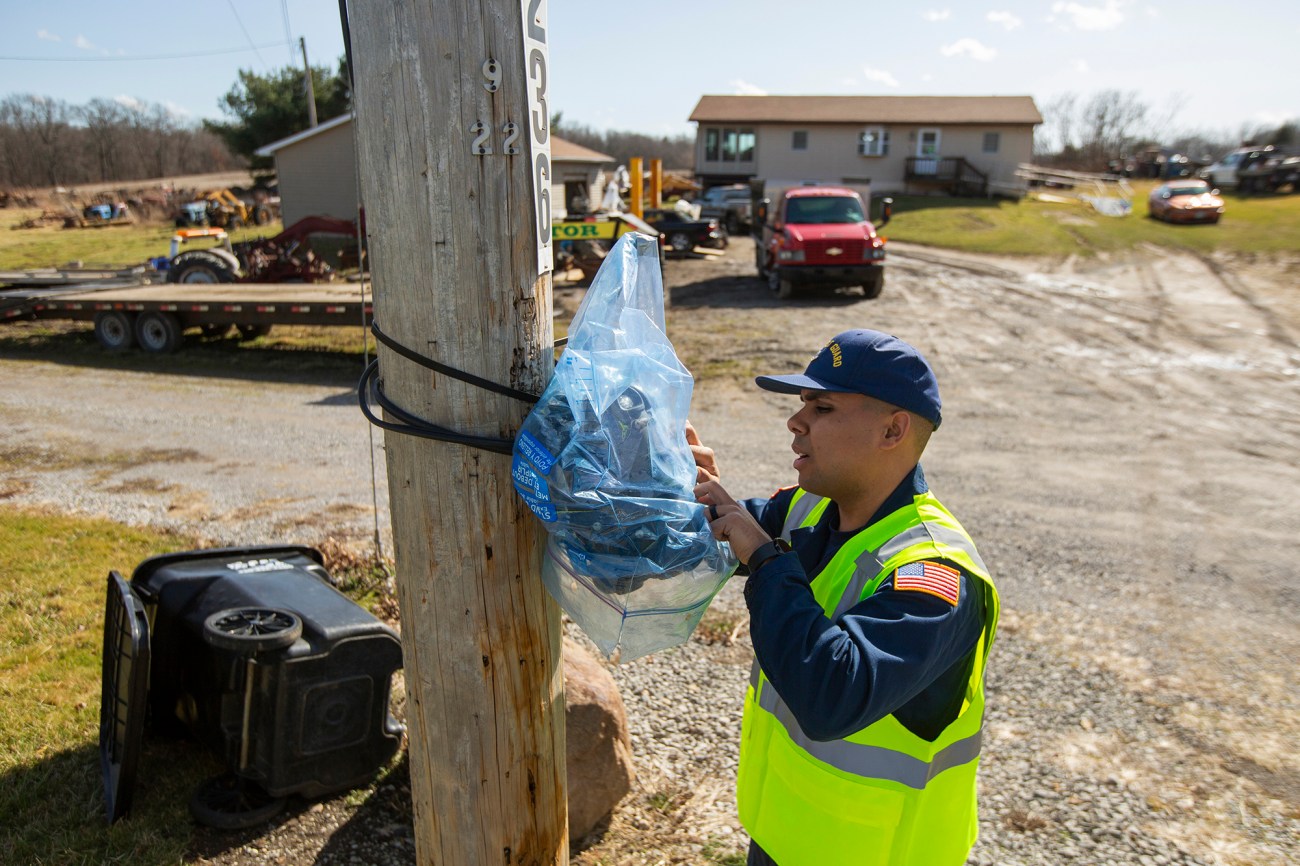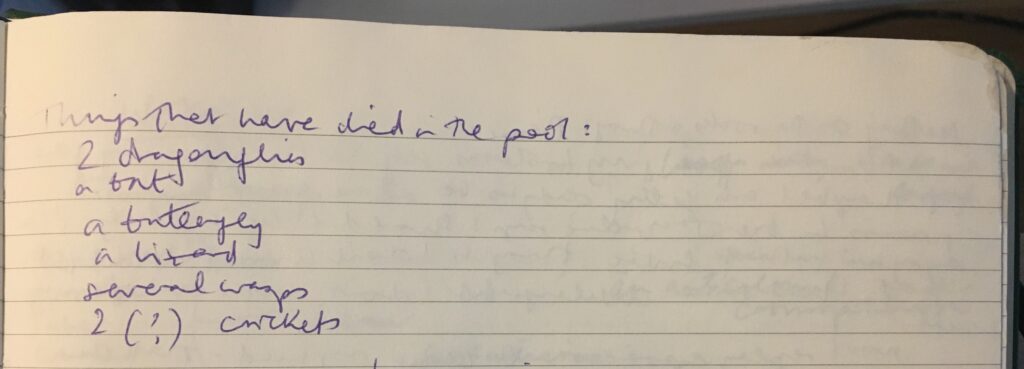In early February, days after a Norfolk Southern freight train carrying toxic chemicals including vinyl chloride, butyl acrylate and isobutylene derailed in the town of East Palestine, Ohio, authorities opted to burn off the materials to avoid an explosion. This prompted an evacuation of residents close to the site and images seen around the world of thick black smoke rising over homes and farmland.
When residents in the town of 4,700 returned, many complained of headaches, skin irritation, and respiratory issues. More than 43,000 aquatic animals were found dead in creeks within five miles of the derailment. While officials maintain that the air, water, and soil is safe, residents fear what longterm effects might lay ahead.
One concern is that the burning vinyl chloride may have produced dioxins that could linger in and around local homes and farmland. The compounds, which can take decades to fully break down, can cause cancer, interfere with hormones, and cause damage to reproductive and immune systems. The EPA on Thursday ordered Norfolk Southern to test the area for dioxins.
Michelle Graef, who lives three miles from the derailment, saw her livelihood dry up overnight. Now, she fears, no one will want to stay at any of the five Airbnb listings on her property, where guests get to ride horses and eat fresh eggs and blueberries she grows. She dreads the delivery of a cabin she recently purchased for upwards of $80,000 to expand her short-term rental income—she can no longer afford the price.
Audrey DeSanzo lives paycheck-to-paycheck within one mile of the derailment with her 9- and 10-year-old daughters. She says she wants to leave as soon as possible, but with her $14-a-hour job, lacks sufficient resources to relocate. On a recent school night, she debated whether to send her 10-year-old daughter, Nevaeh, back to school after keeping her home for the day. Nevaeh has been suffering from headaches, stomachaches, and congestion, since they returned to East Palestine. Was the air safer at home—or at school?
Copyright
© Mother Jones







